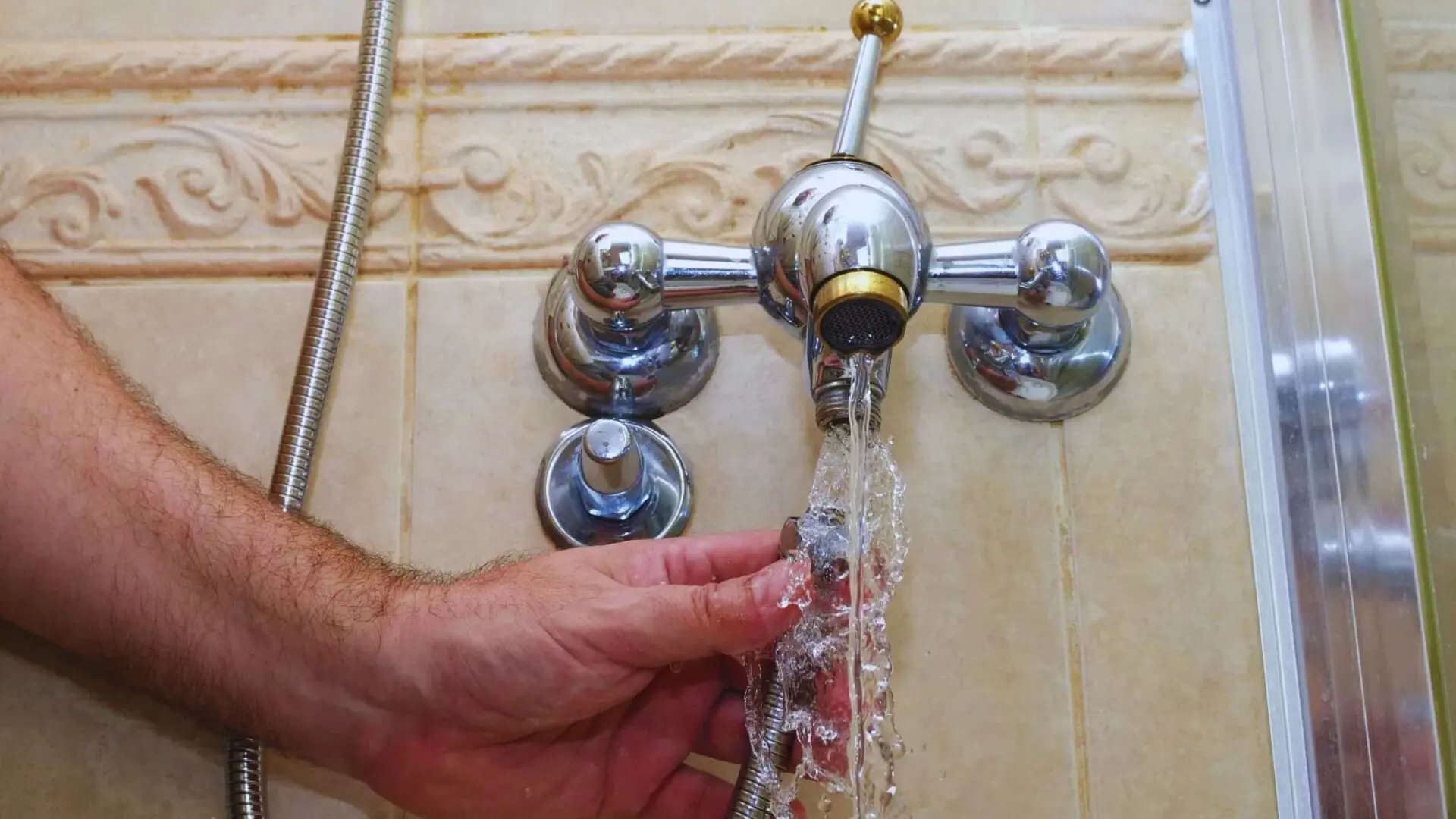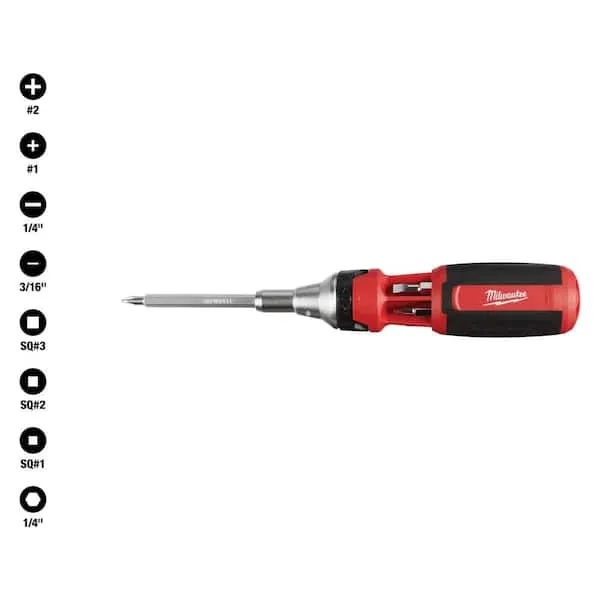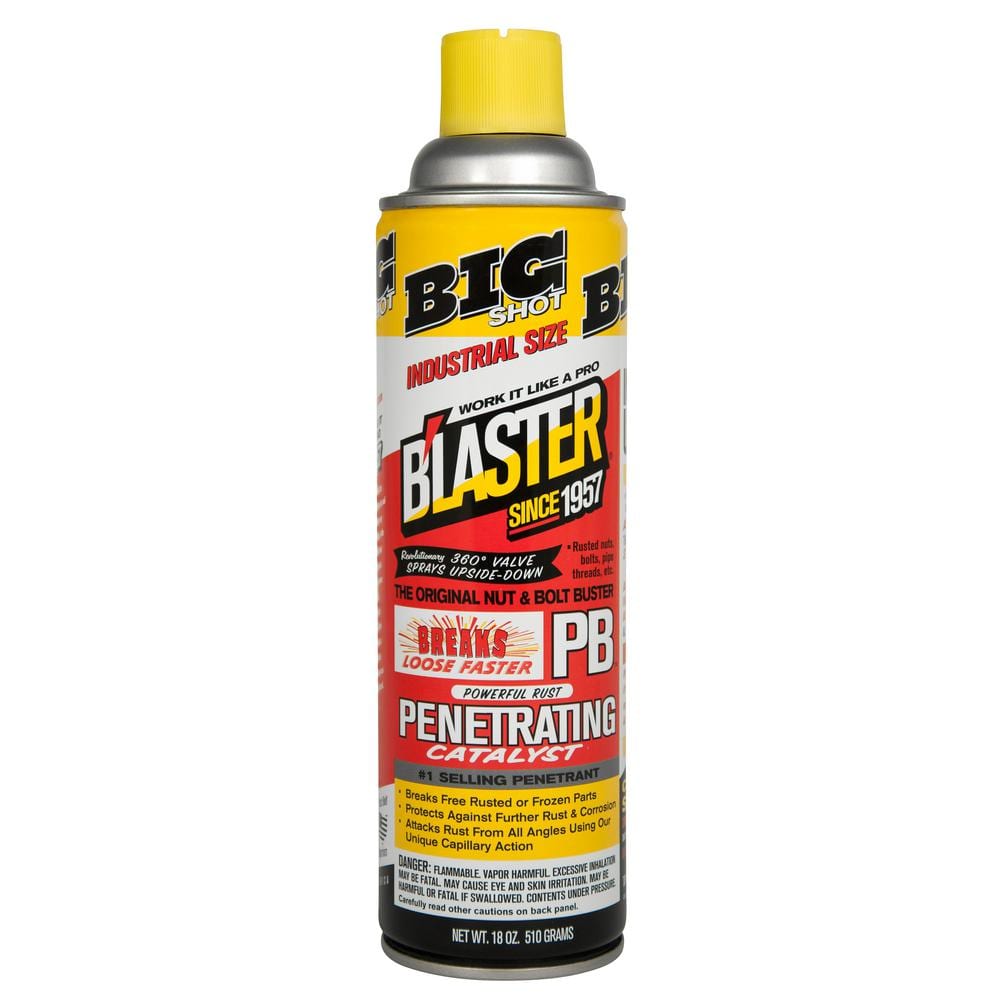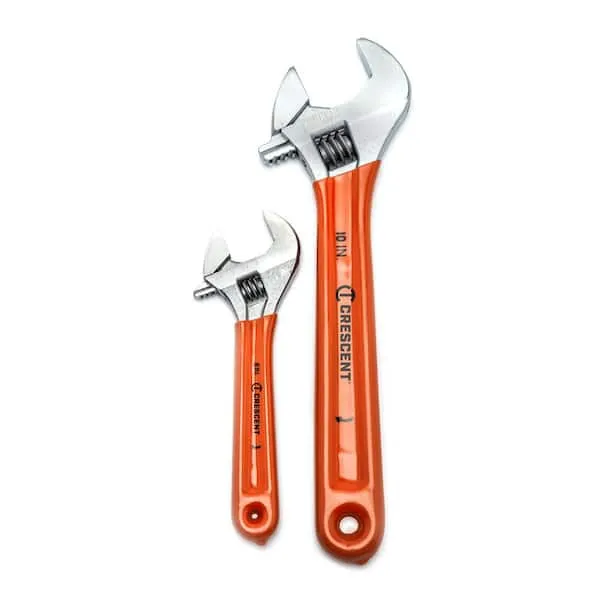
Shower Faucet Replacement: A Complete DIY Guide

Shower Faucet Replacement: A Complete DIY Guide
This project outlines the process of replacing a shower faucet, encompassing four main steps: 1. **Shut Off the Water Supply:** Locate and turn off the hot and cold water shut-off valves for the shower, verifying by checking a nearby faucet. 2. **Remove the Old Shower Hardware:** Carefully remove the old handle(s), escutcheon plate, and any other hardware using screwdrivers and/or a putty knife, using penetrating oil if needed and taking photos to aid in reassembly. 3. **Install the New Shower Valve:** Follow the manufacturer's instructions to install the new shower valve, using Teflon tape on threaded connections and soldering if required. Securely attach the valve as per the instructions. 4. **Install New Hardware and Test for Leaks:** Install the new handles, escutcheon plate, showerhead, and tub spout. Turn the water supply back on slowly, checking thoroughly for leaks. Adjust the temperature as necessary. If leaks persist, re-check connections and tighten or reseal as needed.
Materials & Supplies
Step 1
⏱ 2 minShut Off the Water Supply
Before you begin, completely shut off the water supply to your shower. Locate the shut-off valves, typically near the shower or on the main water line. Turn the valves clockwise to stop the flow of both hot and cold water. Double-check that the water is off by turning on a nearby faucet.
Step 2
⏱ 2 minRemove the Old Shower Hardware
Carefully remove the old shower handle(s) and escutcheon plate. You may need a screwdriver to remove screws or a putty knife to gently pry off any glued or sealed components. Penetrating oil can help loosen corroded parts. Take photos before disassembling to assist with reassembly.
Step 3
⏱ 2 minInstall the New Shower Valve
Install the new shower valve, following the manufacturer's instructions precisely. Use new Teflon tape on all threaded connections to ensure a watertight seal. For some valves, soldering may be required; consult your valve's instructions. Securely attach the new valve according to the manufacturer's specifications.
Step 4
⏱ 2 minInstall New Hardware and Test for Leaks
Install the new shower handle(s), escutcheon plate, showerhead, and tub spout. Slowly turn the water supply back on, checking carefully for any leaks around the valve and connections. Adjust the temperature if needed. If leaks persist, carefully re-check all connections and tighten as necessary.
Related Projects
See AllStart DIY
4 hours | 4 Steps



/how-to-replace-a-shower-valve-5197461-10_reattach_23668-86d35b214a3849a796f94e0b38fab900.jpg)

